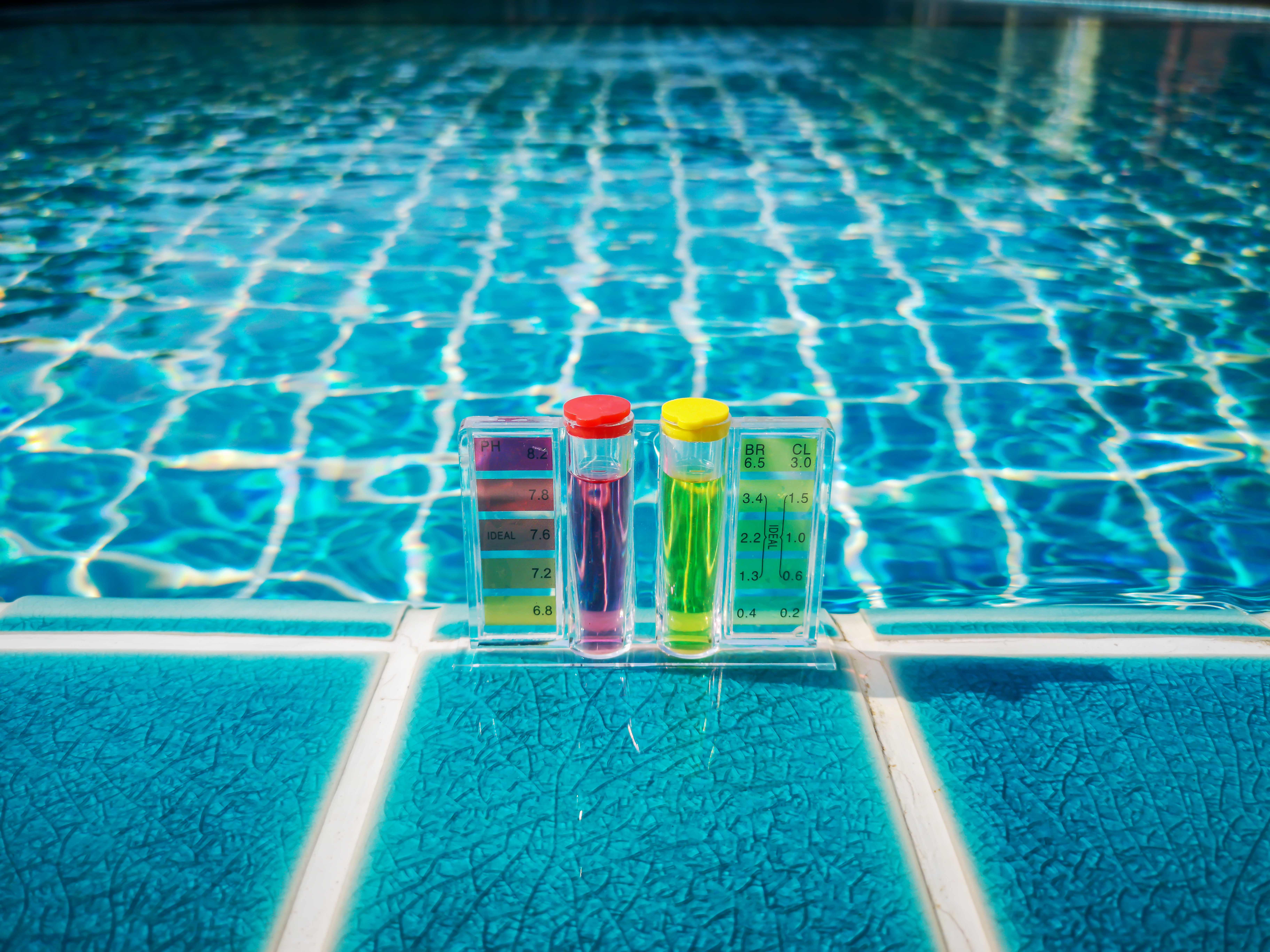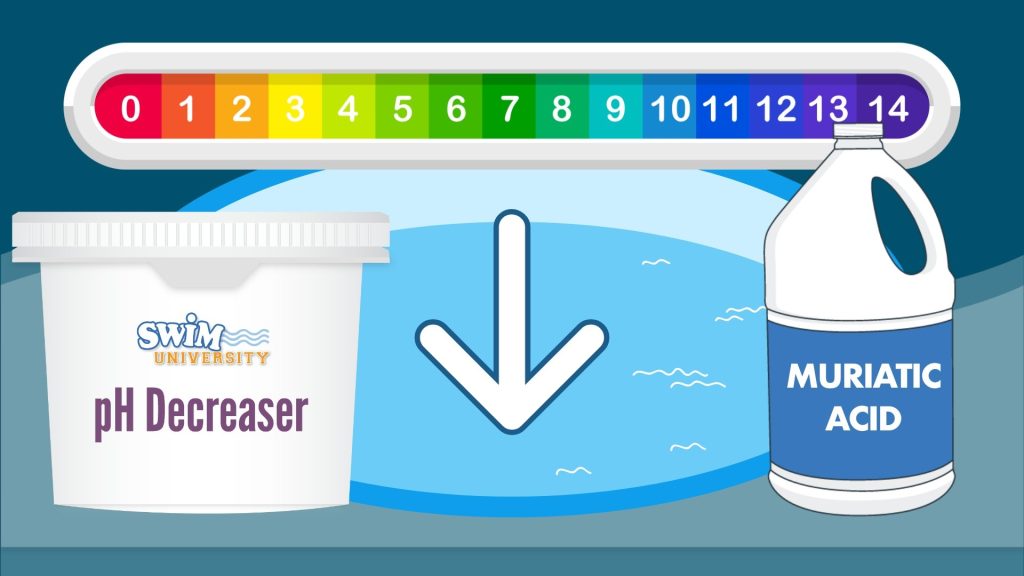Having a swimming pool is a wonderful way to enjoy the summer months and stay active, but it’s important to keep an eye on the water quality to ensure a safe and comfortable swimming environment. One crucial aspect of maintaining a pool is managing the pH level. In this article, we’ll explore the importance of pH balance in pool water and discuss effective methods for decreasing pH levels when they become too high.
The Importance of pH Balance in Pool Water
pH is a measure of the acidity or alkalinity of a substance, and in the context of pool water, maintaining the right pH balance is essential for several reasons. First and foremost, the pH level directly impacts the effectiveness of chlorine, which is used to sanitize the pool water. If the pH is too high, the chlorine becomes less effective at killing bacteria and algae, leaving the water vulnerable to contamination. On the other hand, if the pH is too low, the chlorine can dissipate more quickly, leading to increased chemical usage and potential skin and eye irritation for swimmers.
Additionally, an imbalanced pH level can cause damage to the pool itself, as well as any equipment such as filters and pumps. High pH can lead to scale formation, cloudy water, and reduced efficiency of the filtration system. Therefore, maintaining the correct pH balance in your pool is not only crucial for swimmers’ health and comfort but also for the longevity of the pool and its components.
Signs of High pH in Pool Water
Before we delve into the methods for decreasing pH levels, it’s important to be able to recognize the signs of high pH in pool water. Some common indicators of elevated pH include:
- Cloudy or hazy water
- Scale formation on pool surfaces
- Reduced effectiveness of chlorine
- Skin and eye irritation in swimmers
- Difficulty in maintaining proper water balance
If you notice any of these symptoms, it’s essential to test the water’s pH level and take appropriate measures to bring it back into the recommended range.
Methods for Decreasing pH in Pool Water
When the pH level of your pool water is higher than the recommended range of 7.2 to 7.6, it’s time to take action to lower it. Here are some effective methods for decreasing pH in pool water:
1. Use Muriatic Acid
Muriatic acid, also known as hydrochloric acid, is a potent chemical that is commonly used to lower pH levels in swimming pools. When using muriatic acid, it’s essential to follow safety precautions, including wearing protective gear such as gloves and goggles. Additionally, it’s crucial to add the acid to the water slowly and in small increments to avoid drastic pH fluctuations.
2. Add Sodium Bisulfate
Sodium bisulfate, also known as dry acid, is another effective option for decreasing pH in pool water. This chemical is available in granular form and can be added directly to the pool to lower the pH level. As with muriatic acid, it’s important to carefully follow the manufacturer’s instructions and avoid adding large quantities of sodium bisulfate all at once.
3. Use Co2 Injection Systems
For a more advanced and automated approach to pH control, some pool owners opt for CO2 injection systems. These systems introduce carbon dioxide into the pool water, which reacts with the water to form carbonic acid, effectively lowering the pH level. While CO2 injection systems require an initial investment and regular maintenance, they offer precise control over pH levels and can be a convenient option for larger pools or commercial facilities.
4. Consider Using Ph Reducer Products
There are several commercial products available specifically designed to lower pH levels in pool water. These pH reducer products are often in liquid or granular form and are formulated to gradually decrease the pH without causing any sudden fluctuations. When using pH reducer products, it’s important to carefully follow the instructions provided by the manufacturer to achieve the desired pH balance.

Credit: www.youtube.com

Credit: www.armandhammer.com
Best Practices for Decreasing pH in Pool Water
Regardless of the method chosen to decrease pH in pool water, there are some best practices that pool owners should keep in mind:
- Regularly test the water’s pH level using a reliable pool testing kit
- Make gradual adjustments to the pH level to avoid overshooting the target range
- Always add chemicals to the water slowly and in small increments
- Wait for the chemicals to fully disperse before retesting the pH level
- Monitor the water for any signs of imbalance or adverse reactions
- Seek professional advice if you’re unsure about how to proceed
By adhering to these best practices, pool owners can effectively decrease the pH in their pool water while minimizing the risk of overcorrection or other issues.
Conclusion
Ensuring the proper pH balance in your pool water is crucial for maintaining a safe and enjoyable swimming environment. By understanding the significance of pH levels, recognizing the signs of high pH, and employing the appropriate methods for decreasing pH, pool owners can effectively manage their pool’s water quality. Whether using muriatic acid, sodium bisulfate, CO2 injection systems, or pH reducer products, it’s essential to prioritize safety and precision when adjusting the pH level of pool water. With the right knowledge and approach, maintaining the ideal pH balance in your pool can be a straightforward and rewarding aspect of pool ownership.





